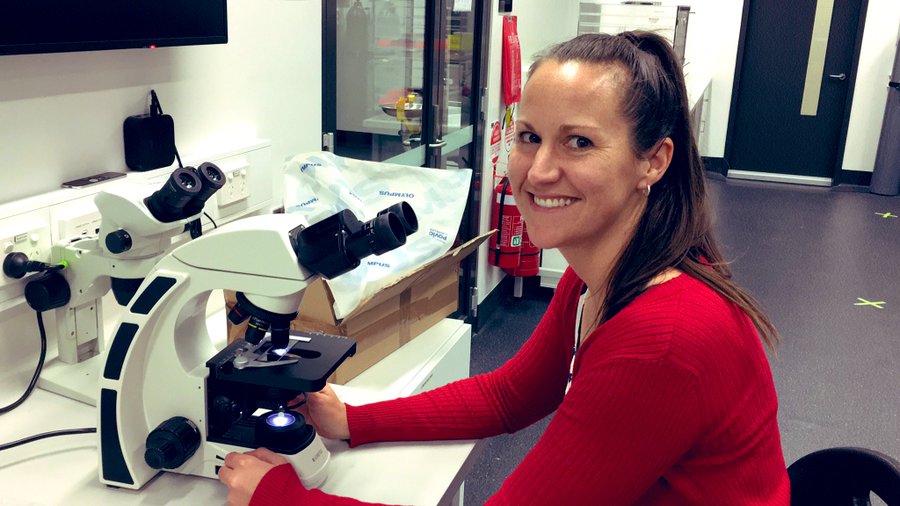By Ignacio Jara and Helen Bostock
The debate about the role the Southern Alps (New Zealand) uplifting to offset global climate change has experienced a recent renewal with the publication of a couple of new articles. According to the Uplifting Theory, over geological time the tectonic erection of large mountain systems has been associated with lower global temperatures due to the enhanced consumption of atmospheric CO2 during the chemical weathering of terrestrial (silicate) material from the uplifting landscapes.
This year, Larsen et al (2014) reported new catchment erosion and soil production rates from the Southern Alps. Using Beryllium 10 (10Be) -a radioactive isotope produced by cosmic rays bombarding exposed mineral surfaces- the team found the highest measured rates of erosion and soil production (1). These chemical weathering rates (of about 2.5 mm/yr) are an order of magnitude higher than previously measured and higher than the suggested kinetically controlled limit. Moreover, the authors point out that soil weathering increases with erosion rate. The study also challenges the current dogma that high erosional environments are inefficient for soil production due to low residence time of key minerals. Even though denudation rates –the speed at which the landscape surface is eroding- exceed soil production in every catchment studied, the landscape is able to maintain a continuous soil mantle as a result of the dense vegetation cover (the main biotic soil producer in New Zealand due to the lack of native burrowing mammals). This seems to be a key point, as root expansion is an efficient mechanism for converting rock into soil, either by the physical breaking of bedrock or by increasing the concentration of organic acid and sub-surface CO2.
Thus, contrary to previous assumptions, this study demonstrates that rapidly uplifting mountains with dense vegetation cover are active weathering systems. The authors thus suggest that –
“These high weathering rates support the view that mountains play a key role in global-scale chemical weathering and thus have potentially important implications for the global carbon cycle”
Since weathering can only drive global climate trends if the erosion of silicate rocks removes enough CO2 from the atmosphere, the next step is to evaluate the amount of CO2 consumption resulting from the uplift of the Southern Alps.
This was the focus of another recent study in the Southern Alps using Calcium isotopes and Ca/Na ratios from rivers (2). They also show that weathering rates were an order of magnitude higher than the global mean and that the region has some of the highest chemical weathering rates in the world. However, they found that the majority of the weathering in non-glacial catchments was from carbonate rather than silicate rocks (a reaction that does not use atmospheric CO2), and thus the consumption of CO2 was no higher than the global average. Higher silicate weathering was only found in rivers downstream of glaciated regions. When these increased silicate weathering rates are extrapolated to all glaciated montane regions around the world, however, they only account for <1% of the global silicate weathering and global atmospheric CO2 consumption. Therefore they conclude that silicate weathering in uplifting mountain ranges like the Southern Alps has little effect on the global carbon cycle and long-term climate change.
Further work is clearly needed to better assess the weathering rates in tectonically active regions and then assess the role of mountain building and erosion in the global carbon cycle. Interestingly, enhancing weathering rates has recently been assessed as a potential geo-engineering strategy to offset increasing anthropogenic CO2 (3).
- Larsen et al., 2014. Rapid Soil Production and Weathering in the Southern Alps, New Zealand. Science 343, 637-640, doi:10.1126/science.1244908.
- Moore et al., 2013. Tracking the relationship between mountain uplift, silicate weathering, and long-term CO2 consumption with Ca isotopes: Southern Alps, New Zealand. Chemical Geology, 341, 110-127, doi:10.1016/j.chemgeo.2013.01.005.
- Hartmann, et al., 2013. Enhanced chemical weathering as a geoengineering strategy to reduce atmospheric carbon dioxide, supply nutrients, and mitigate ocean acidification. Reviews of geophysics, 51, 113-149.
